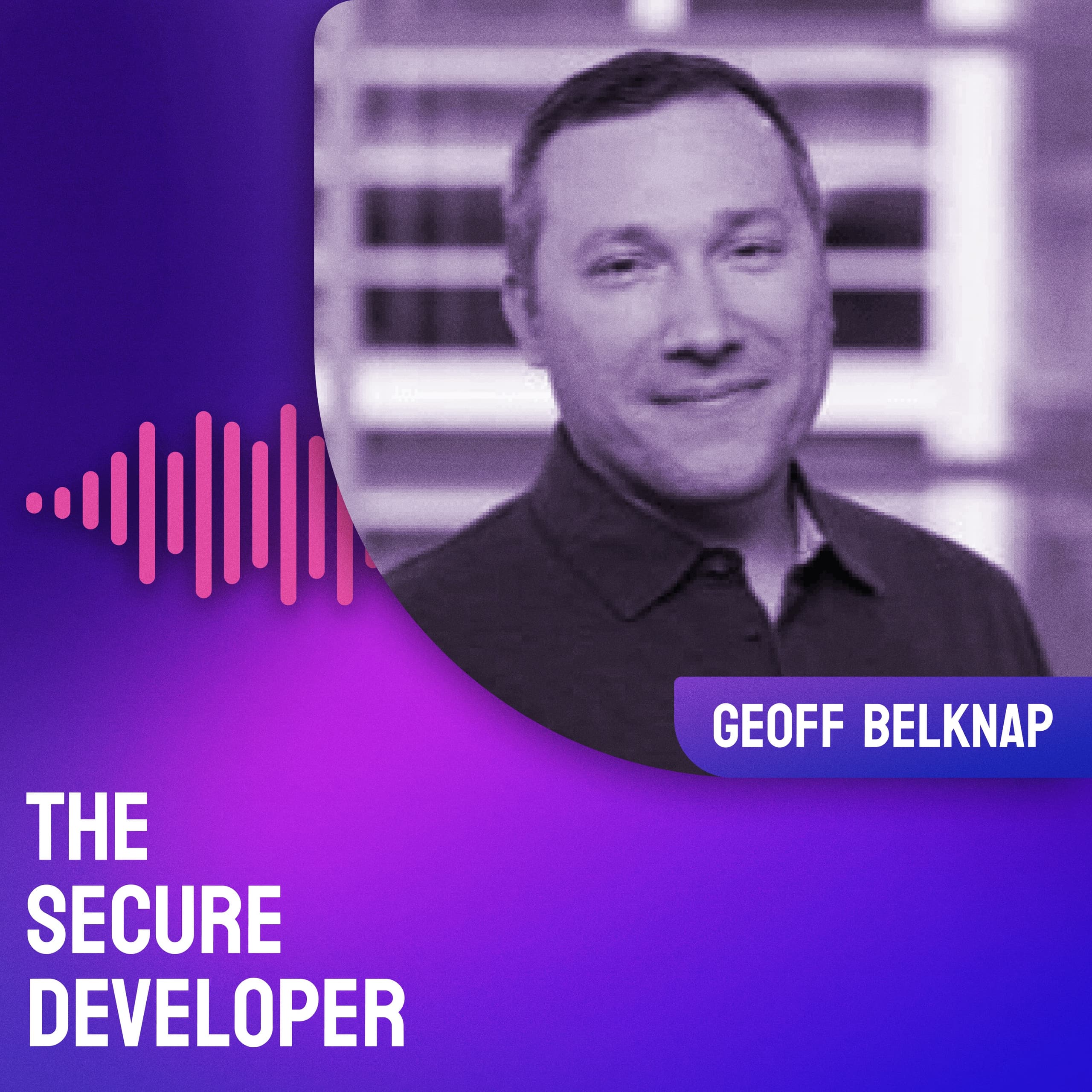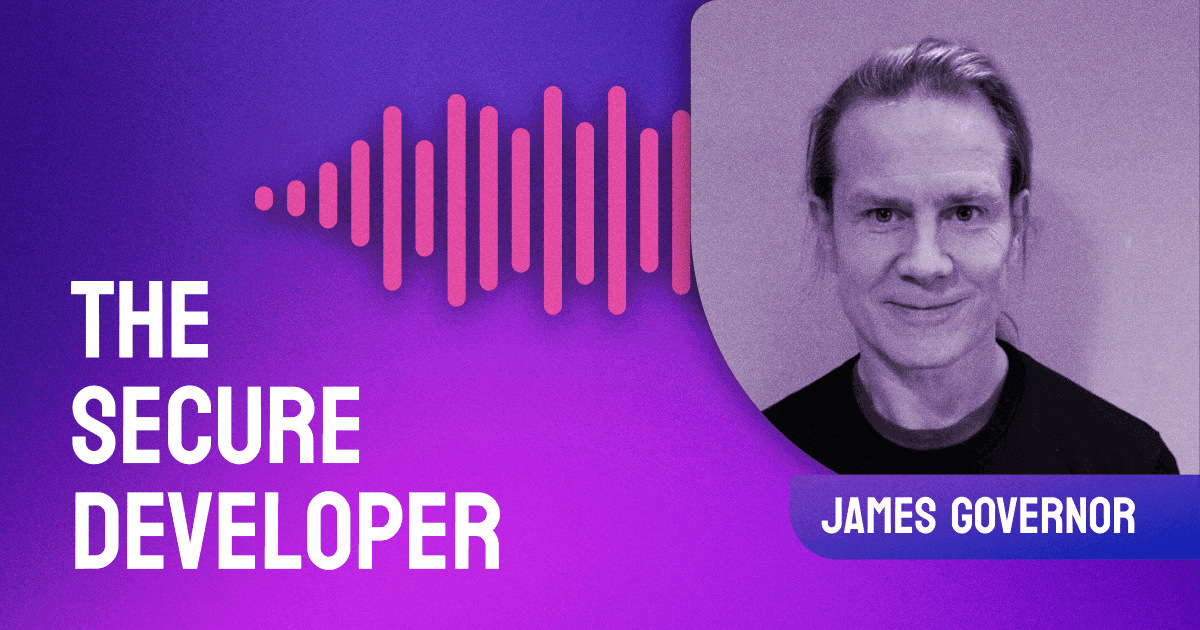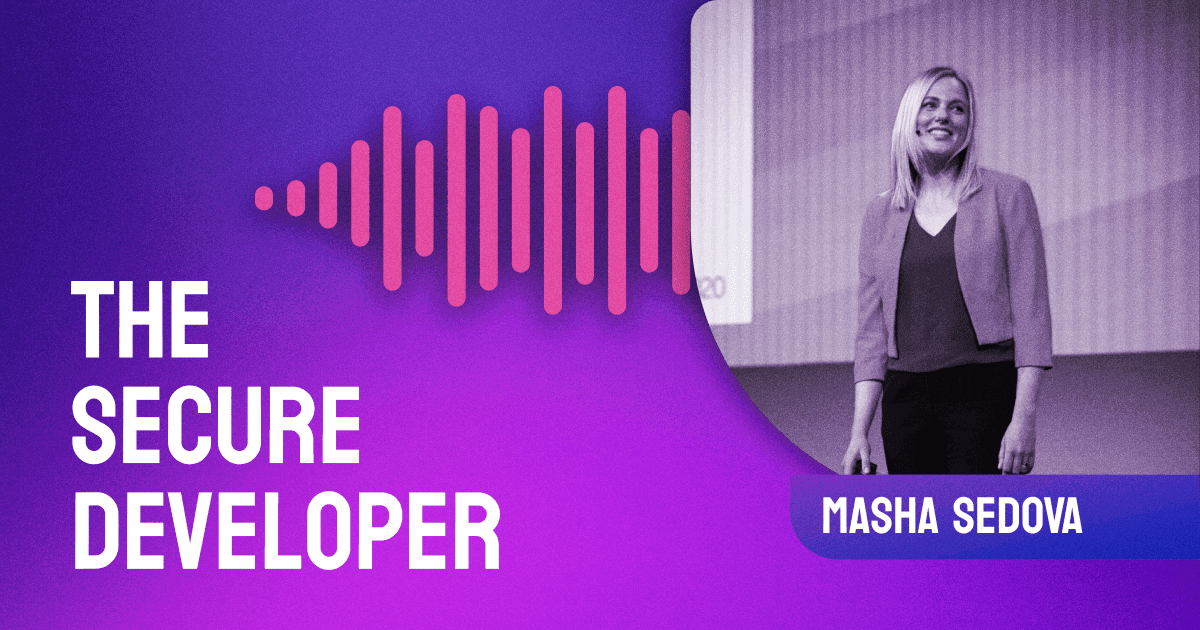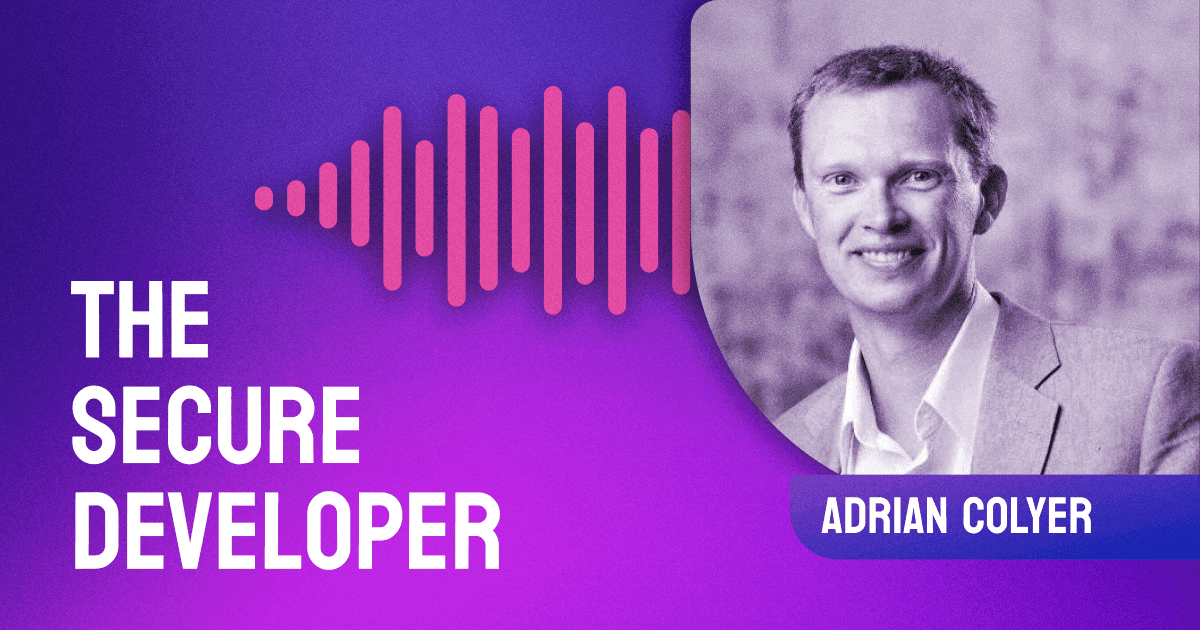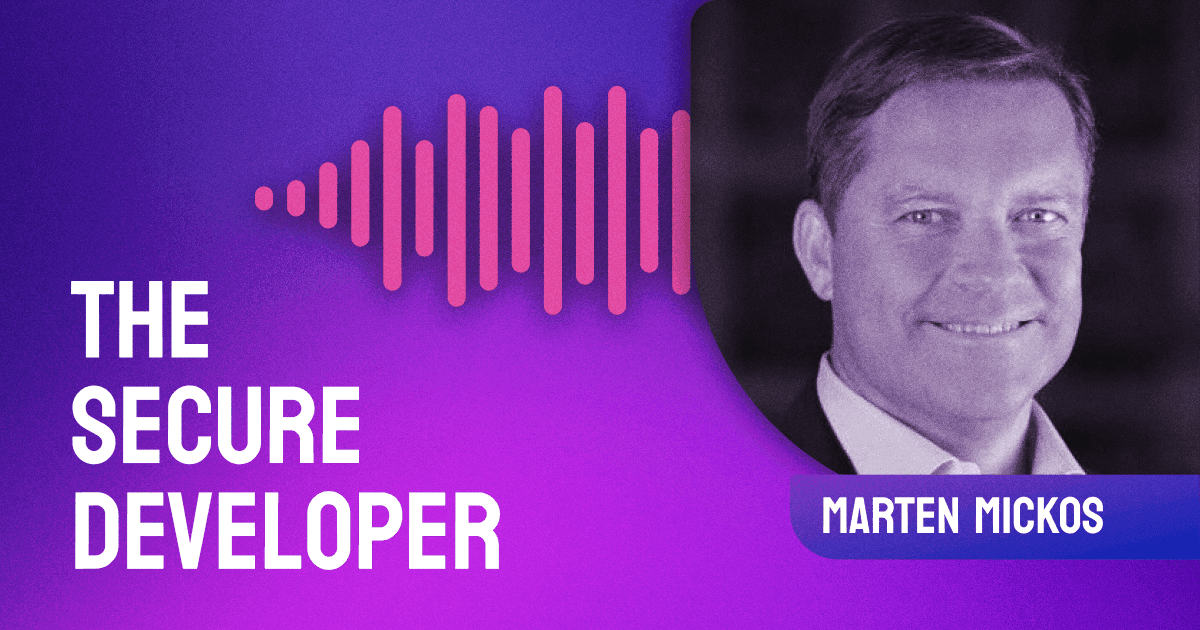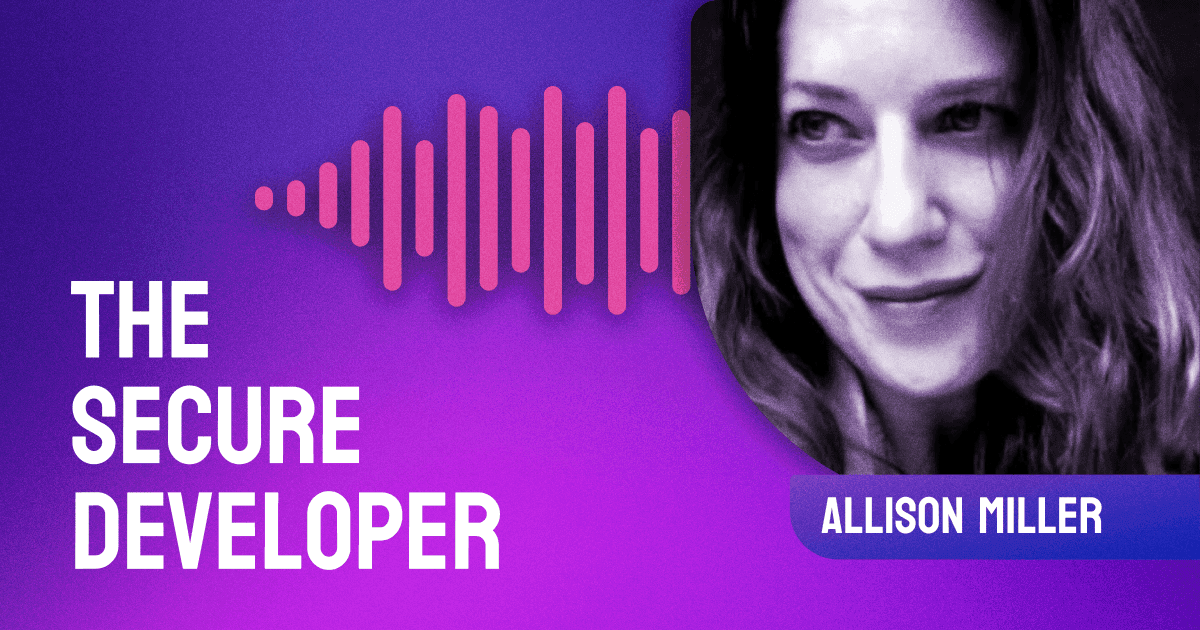In the latest episode of The Secure Developer, Guy is joined by Geoff Belknap, Chief Security Officer at Slack. Geoff discusses what drew him into security and reveals why it’s critical for security teams to be recognized as a full-fledged member of engineering. He explains why it makes sense for companies to develop a track record of transparency and actively encourage community participation through bug bounty programs. Geoff also concludes that companies should encourage basic security hygiene rather than seek a silver bullet that does not exist.
The post Ep. #14, How Slack Stays Secure During Hyper Growth appeared first on Heavybit.
